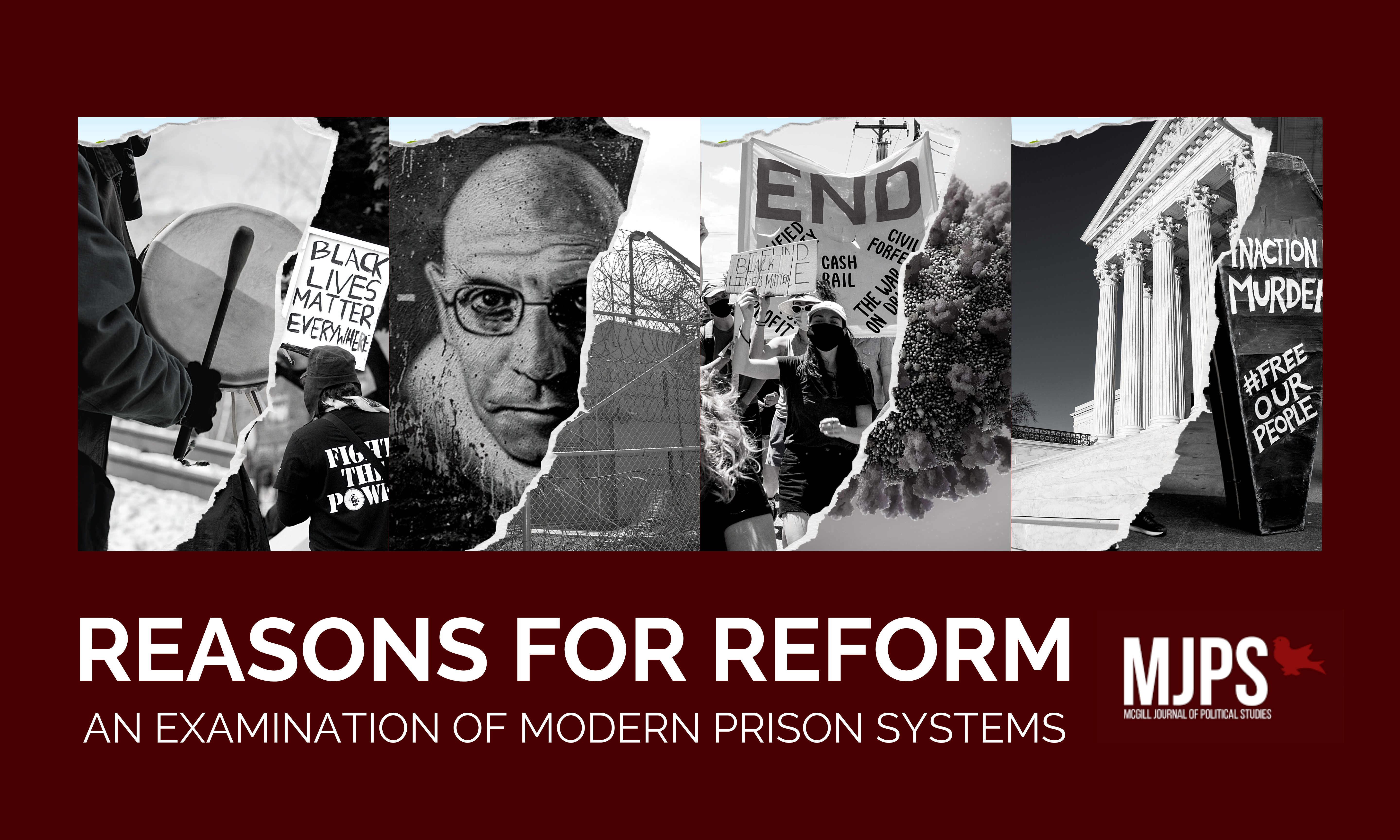
This article is part of a broader month-long series on prison reform. Check here for other articles in the series.
Irish playwright and political activist George Bernard Shaw once wrote: “Of the three official objects of our prison system: vengeance, deterrence, and reformation of the criminal, only one is achieved; and that is the one which is nakedly abominable.” The idea that prisons are intended to lead to eventual rehabilitation and reintegration into society is challenged by the fact that the focus has long been far more on punishment than any more positive notions. Why should we reform the prison system to better correct and rehabilitate the criminal, and how might we achieve this?
Firstly, we must consider whether the promotion of deterrence and reformation of the criminal over vengeance is a worthwhile goal. There is a disconnect between the desire to achieve these more positive ideals and the understanding that prison is intended, at least in part, to be a punitive measure. The four goals of prison are rehabilitation, incapacitation, retribution, and deterrence. Many of these are obviously at odds with one another. In particular, rehabilitation — helping the offender reintegrate into society and reform their character — contradicts the objective of retribution, achieved by removing the offender from society and imposing hardships upon them. Accordingly, the goals of rehabilitation and deterrence within the prison system are often only modestly pursued.
A 2016 study by the Brookings Institution found that 77 per cent of released prisoners in the United States had been rearrested within five years of their release. Additionally, a 2018 analysis found the unemployment rate among the formerly incarcerated to be 27 per cent, higher than the total unemployment rate at any point in U.S. history, including during the Great Depression. The current prison system prioritizes vengeance above the rehabilitation and reintegration of offenders into society. While this may have merit in the sense that justice for the victims of crimes can be retributive, prisons ought to focus on more than retribution alone.
For one thing, a system that prioritizes rehabilitation and deterrence is undeniably more humane. In the United States alone, on any given day 450,000 people are in prison for nonviolent drug crimes. It is one thing to prioritize vengeance for violent criminal behavior, but to lock nonviolent offenders away and deny them opportunities for rehabilitation, such as education and training programs, is careless and cruel. Providing better support for prisoners also makes sense from this standpoint considering their composition. People with mental illness or substance abuse problems are overrepresented in the prison population. For example, in the United Kingdom, 90 per cent of the prison population suffers from mental health problems. To focus primarily on punitive measures rather than addressing these root causes, or issues correlated with crime, is morally reprehensible.
Even outside of the argument of humaneness, it is practical to pursue objectives beyond vengeance. Between systems that send more people to prison (retributive) and those that utilize non-prison community sentences (rehabilitative), the former sees both a smaller deterrent effect and a much higher economic cost. Imprisonment must have an objective beyond simple retribution for its undertaking to be worthwhile. English philosopher Jeremy Bentham argued that “all punishment in itself is evil. Upon the principle of utility… it ought only to be admitted in as far as it promises to exclude some greater evil.” If the extreme prioritization of vengeance precludes deterrence and obstructs rehabilitation, then it is both a practical and a moral failure.
Prisons should serve as centres of reform and rehabilitation. How then can prison systems be reformed to more fully pursue these goals?
Both within and outside of prison, there is more that needs to be done to effect rehabilitative efforts. Within prisons, possible reforms include the prioritization of education initiatives, as well as behavioural approaches intended to address the psychological causes of crime. Additionally, more funding to address mental health and other risk factors such as addiction within prisons would go a long way in making these systems more humane and effective in achieving goals outside of retribution.
There is also more that needs to be done outside of prison itself. A poor societal support system, barriers to employment, and restrictions on civic participation mean that punishment often persists even once a sentence ends. Rehabilitation, then, cannot exist and end only within the prison system itself. One notable example of a current post-prison rehabilitation effort is the Homecoming Project in Oakland, California. The program provides released felons with housing in community members’ spare rooms. From this stable environment and with help seeking employment, former convicts may be more fully reintegrated into society. Post-prison efforts must be a part of rehabilitation considerations for them to be complete and attainable.
Though the focus of many modern prison systems is primarily retributive, shifting focus toward rehabilitation would benefit not only the individuals imprisoned, but also society at large. With concerted effort, hopefully we may begin to see prison systems around the world which are more able to achieve the objectives of deterrence and reformation of the criminal rather than simply vengeance.
Edited by Neelesh Thakur.
The opinions expressed in this article are solely those of the authors and they do not reflect the position of the McGill Journal of Political Studies or the Political Science Students’ Association.
Featured photo includes images by Jason Hargrove – licensed under CC-BY-NC 2.0, Tim Dennell – licensed under CC-BY-NC 2.0, Thierry Ehrmann – licensed under CC BY 2.0, BBB World Service – licensed under CC-BY-NC 2.0, Joe Piette – licensed under CC BY-NC-SA 2.0, Association of Medical Illustrators – licensed under CC BY 4.0, and Washingtonnydc – licensed under CC BY-NC-SA 2.0.